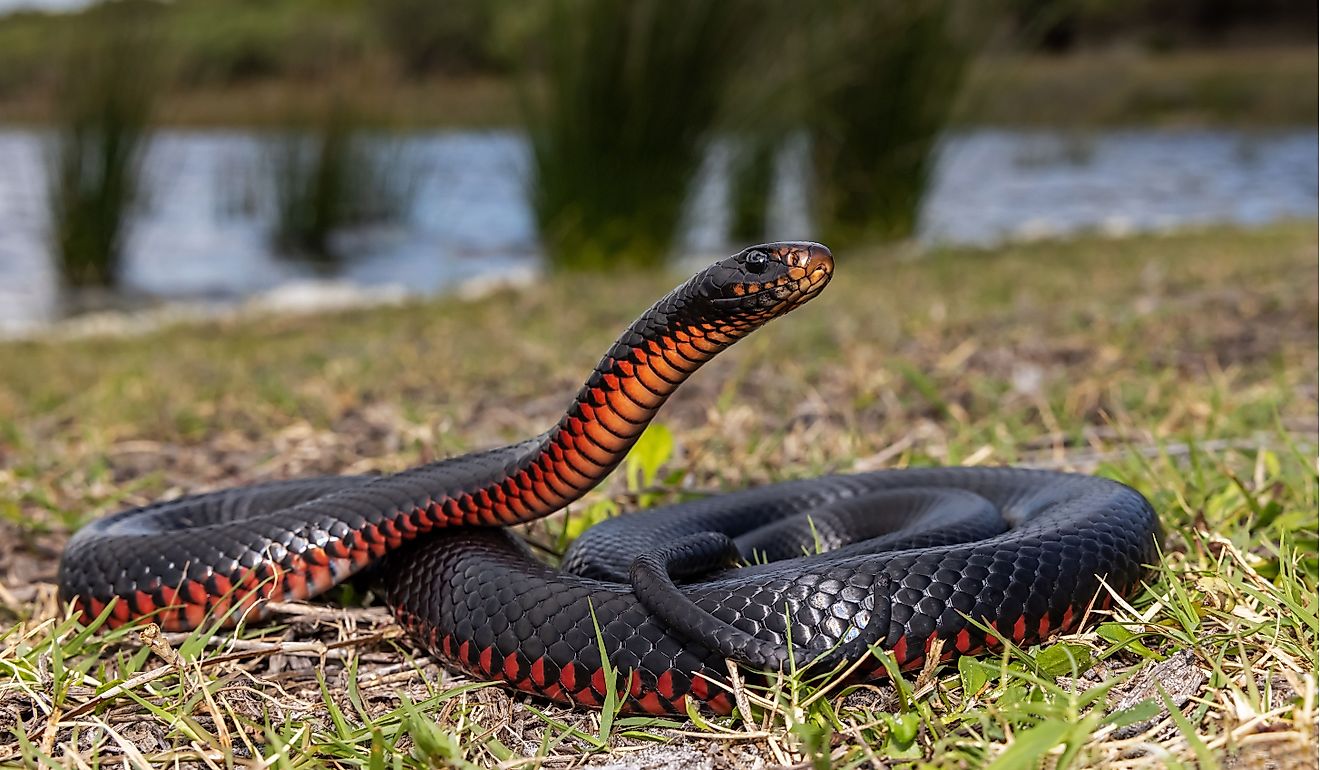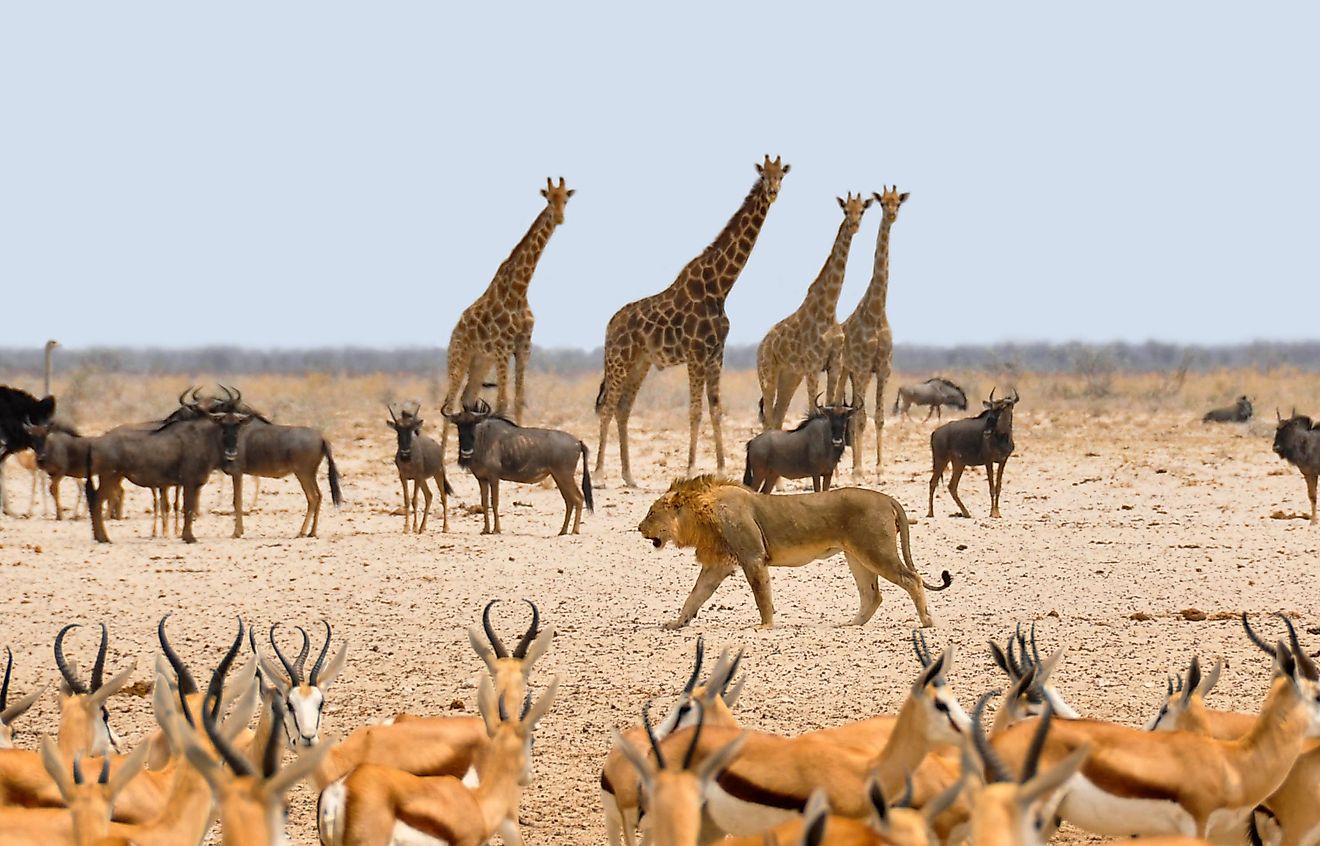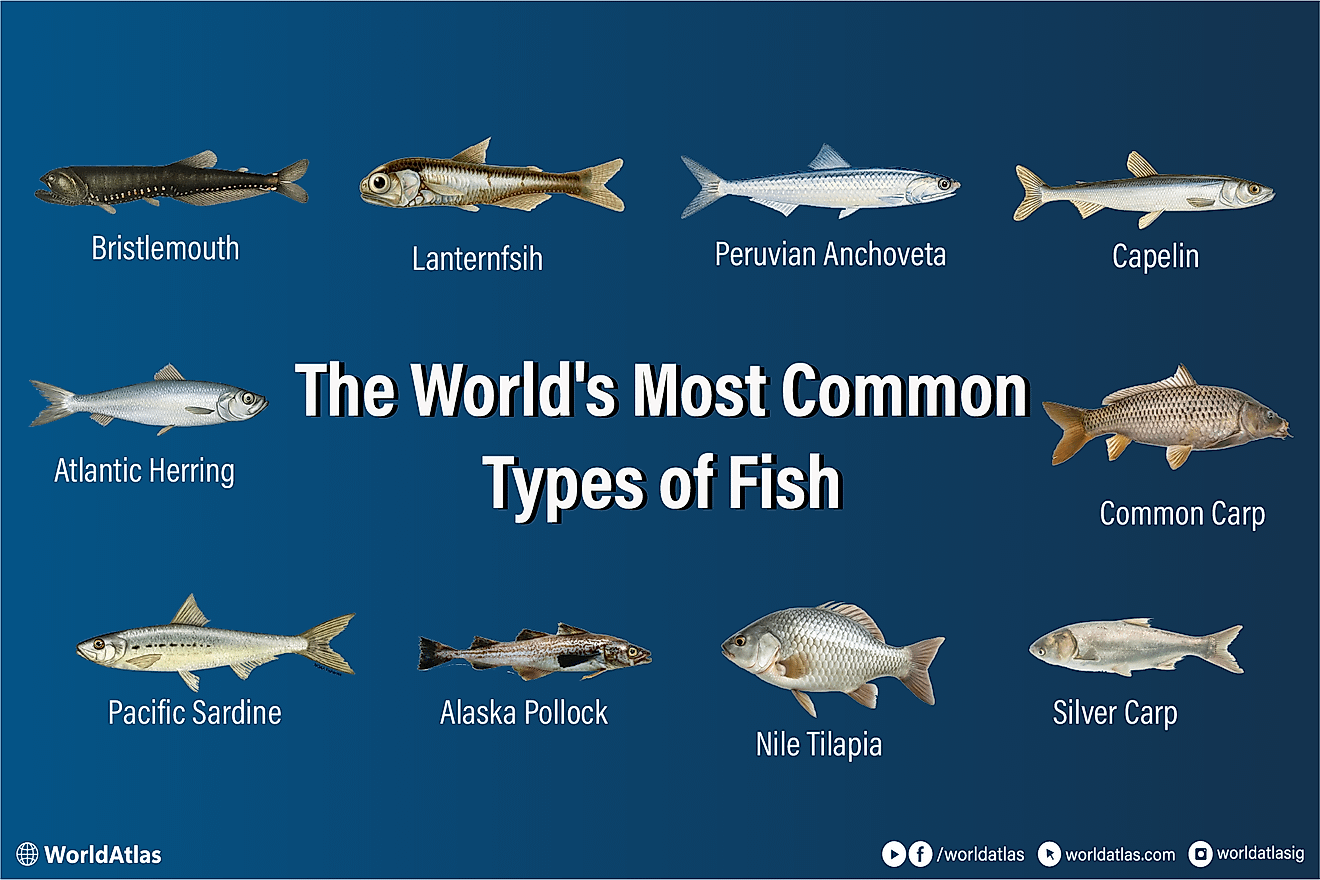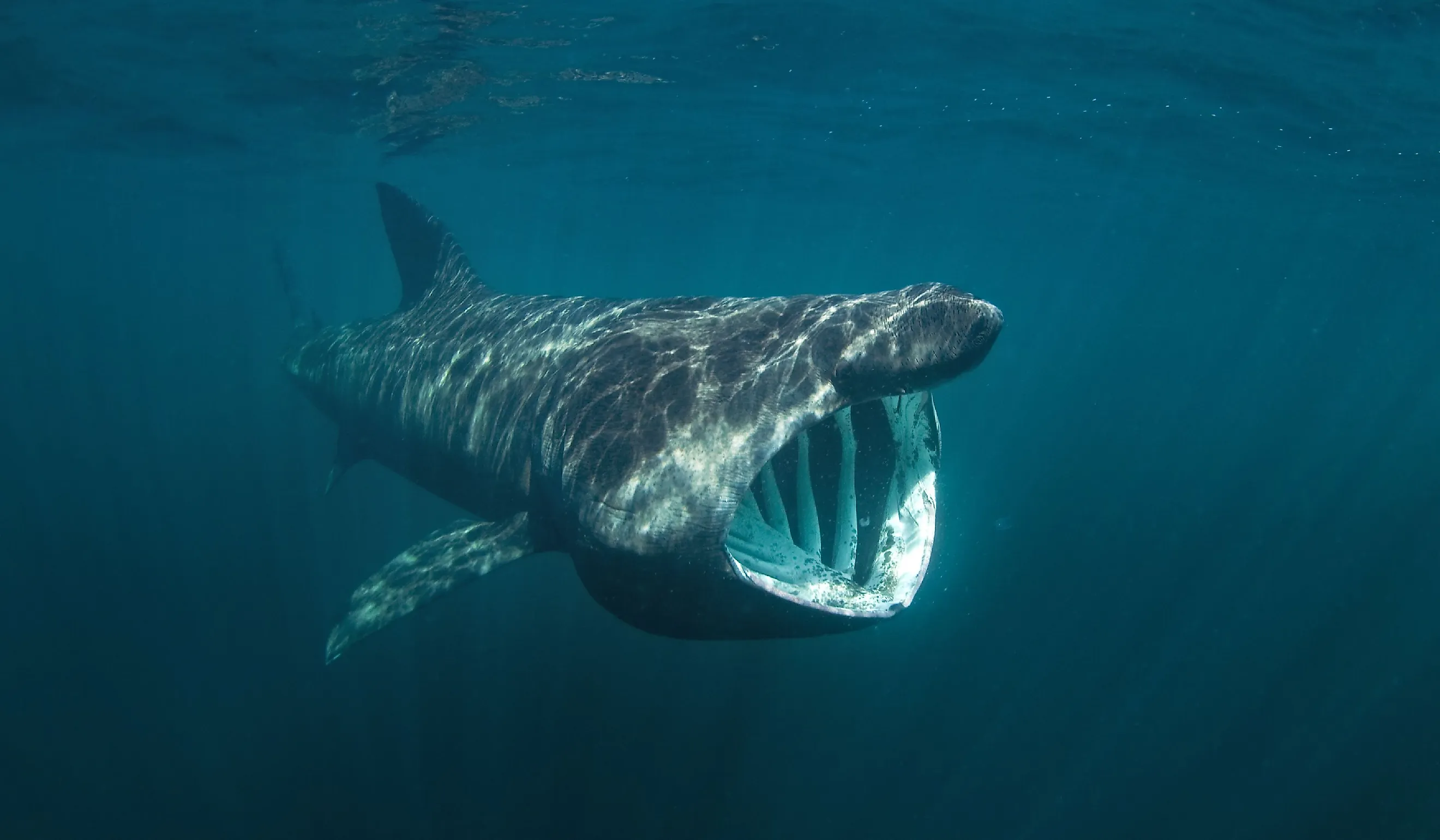
10 Largest Animals In the Ocean
Vast, deep, and largely unexplored, the world's oceans are as mysterious as outer space, but with one added kicker: they're teeming with life. From puny plankton drifting with the tides to the bus-sized creatures that consume them, the range of wildlife is nearly as impressive as the scale of these saltwater ecosystems. But even though every marine animal serves a valuable role, it is the scale-tipping, record-breaking, and even legendary (no longer) ones that sell tour tickets and tease the imagination as to what else could be lurking in all those regions (i.e., approximately 95%) not yet examined by us terrestrial primates. The following are the 10 largest animals (as measured by the species' maximum size) currently known to roam the oceans.
10. Great White Shark: 6.1 Meters (20 feet)
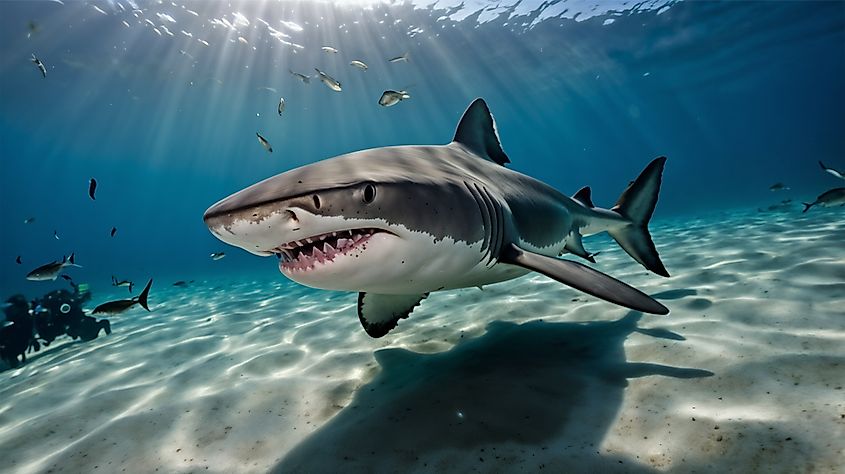
It may be the smallest creature on our list, but the great white shark (Carcharodon carcharias) is certainly the most infamous. Shoved into the collective consciousness by the 1975 blockbuster Jaws, the world's largest predatory fish will forever be nightmare fuel for skittish beachgoers. Spanning between 16 to 20 feet in length (note: the largest reliably measured great whites, such as "Deep Blue," all max out right around 20 feet) and pushing 4,500 pounds, these carnivores can throw some serious weight around. But add in seven rows of 2.5-inch-long serrated teeth, a bite force of 1.8 metric tons, and a maximum swimming speed of nearly 35 miles per hour (50 km/h), and the great white shark is easily one of the most formidable predators on the planet. Australia and South Africa are commonly associated with great whites, but in fact, they can be found all throughout temperate and tropical waters. Juveniles keep to the coast, whereas adults like to stalk the open ocean.
9. Oarfish: 8 Meters (26.25 Feet)
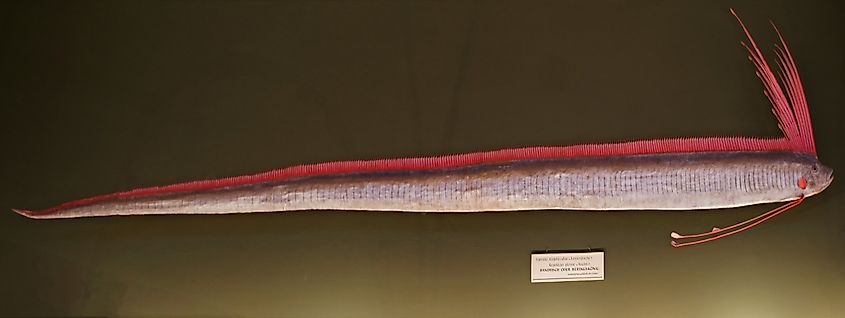
This long, elusive, and luminous fish is common fodder for myths. The oarfish (Regalecus glesne), aka "doomsday fish," has thus far been measured to a maximum length of 8 meters, but partial remains indicate that the species could grow as long as 11 meters (36 feet). Either way, this makes it the world's longest-bony fish. However, because they live at significant depths (where they feed on krill and other crustaceans), humans have very little direct contact with this enigmatic species. Oftentimes, the only way to study an oarfish is to find a dead one that has washed ashore. According to Japanese folklore, beached oarfish signal impending doom, such as an earthquake. It is also suspected that oarfish could have been the impetus for the quasi-mythical serpentines drawn on old sailors' maps.
8. Giant Pacific Octopus: 9 Meters (29.5 Feet)
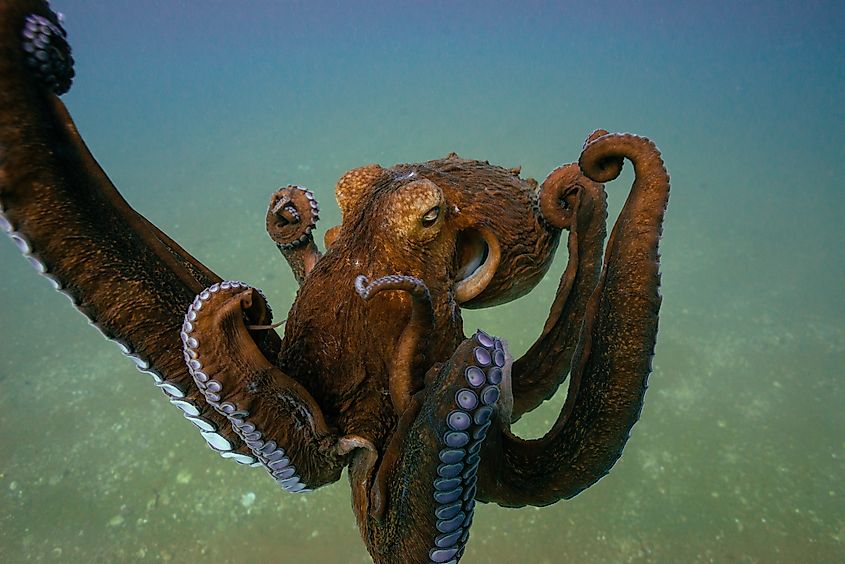
The largest member of the octopus clan is that of the giant Pacific octopus (Enteroctopus dofleini). At its peak, this mysterious mollusk of the Northern Pacific Ocean can reach 29.5 feet in length (measured from the tip of one arm to the tip of another) and 44 pounds (20 kg) in weight. And those might not even be the most impressive figures of its profile. Female giant Pacific octopuses have 2,240 suction cups on their arms (males have 100 less), giving them not only an iron grip but also a refined sense of taste and smell. Females also lay anywhere from 18,000 to 74,000 eggs, which, in contrast to their massive mature form, are merely the size of a grain of rice. However, perhaps the most intriguing physical aspect of this species is its ability to change color in 1/10th of a second. So even though it's one of the biggest sea creatures around, the giant octopus, which is normally reddish-pink, might be camouflaged amongst the coral, mere meters from unsuspecting scuba divers.
7. Giant Ocean Manta Ray: 9.1 Meters (30 Feet)
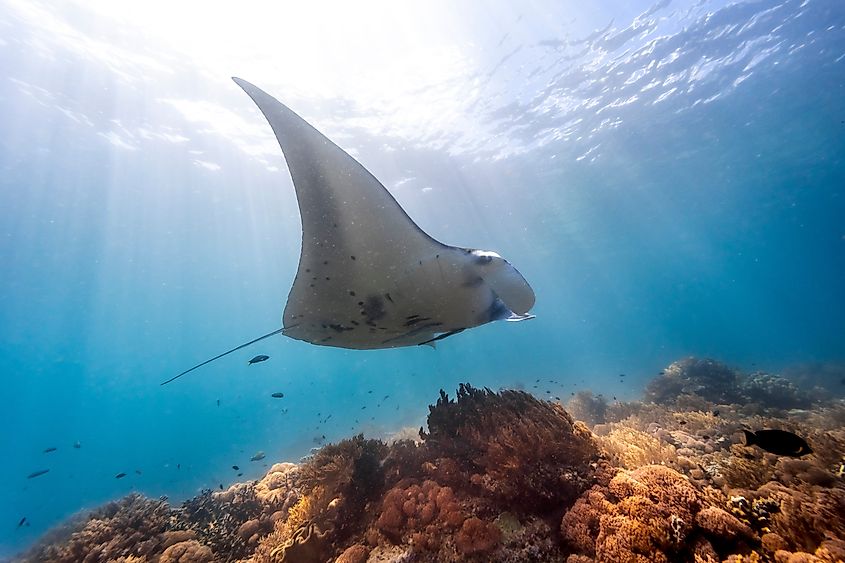
The giant ocean manta ray (Mobula birostris), also known as the Atlantic manta ray, or simply, giant manta ray, is not only the largest ray in the world but one of the largest fishes. The width of its characteristic disc usually ranges between 5.2 to 6.8 meters (17-22 feet), but according to Guinness World Records, the largest specimen ever recorded was 9.1 meters (30 feet). Not only is their wingspan eye-catching, but at upwards of 5,300 pounds, giant manta rays are some hefty filter feeders. These rays can be found worldwide, at latitudes in the tropical to warm-temperate distribution, and in both coastal and open ocean (i.e., pelagic) habitats. Exact population estimates are hard to narrow down, but in 2018, the NOAA Fisheries listed this solitary and sizable ray as Threatened. At the same time, a long-term study has identified the largest global population in the waters of Ecuador and Peru, estimated to be over 22,000.
6. Basking Shark: 12.27 Meters (40.25 Feet)
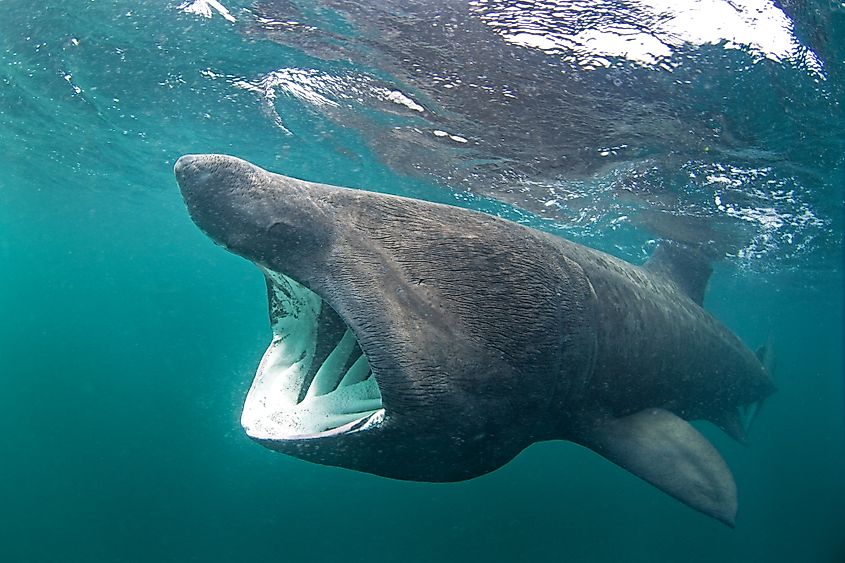
This wide-mouthed filter feeder is the second-largest fish in the world. The basking shark (Cetorhinus maximus), also known as bone shark, elephant shark, and sun-fish, slowly skims worldwide waters within the warm to cold temperate latitudes (i.e. it neglects the tropics and polar regions). Though able to eclipse 12 meters and 5 tons, and despite its rather intimidating-looking gaping mouth, the basking shark is a gentle giant - able to get all of its necessary nourishment by constantly absorbing small prey. In fact, humans have consistently proven to be the dangerous partner in this budding relationship. Because of overfishing, the basking shark has been classified as vulnerable across its entire range but Endangered in the Northeast Atlantic Ocean and North Pacific habitats.
5. Giant Squid: 13 Meters (43 Feet)

This relative to the giant octopus was long thought to be a figment of ancient maritime fantasies. The giant squid (Achiteuthis dux) is the largest invertebrate known to science, but despite its immense size, almost nothing substantial was known about the species until about 20 years ago. In 2004, Japanese researchers snapped the first-ever images of a live giant squid. Two years after that, a team representing Japan's National Science Museum captured a live, 24-foot-long female. The largest reliably measured specimen stretched to 13 meters (43 feet), but additional reports in conjunction with new scientific modeling suggest that the figure could reach as much as 20 meters (from the upper mantle to the tip of the longest tentacle). The giant squid also lays claim to the largest eye in the animal kingdom (i.e., 1 foot/30 centimeters in diameter).
4. Whale Shark: 18.8 Meters (61.66 Feet)
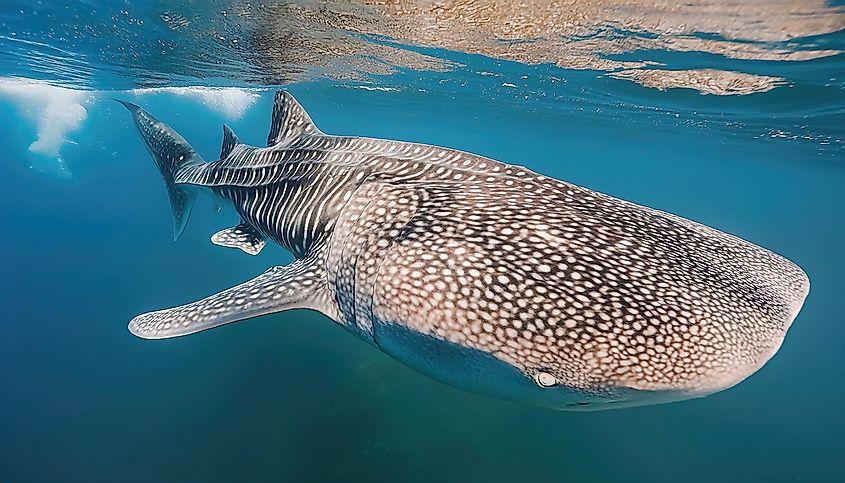
The whale shark (Rhincodon typus) is the largest known species of fish, present or past. It typically falls within the 18 to 33-foot range, but the largest individual accurately measured nearly crested 62 feet in length. Like the basking shark, the whale shark is harmless to humans and instead relies on its gigantic mouth and a passive filter-feeding process to ingest large quantities of plankton and small fish. These peaceful behemoths, which, aside from their sheer size, can be recognized by their broad, flattened head and light dorsal spots, migrate throughout all tropical and warm temperate seas, save for the Mediterranean. Unfortunately, like the basking shark, whale sharks are also overfished (whether intentionally for meat or unintentionally as bycatch), which has led the species to be classified as Endangered on the IUCN Red List.
3. Sperm Whale: 20.7 Meters (68 Feet)
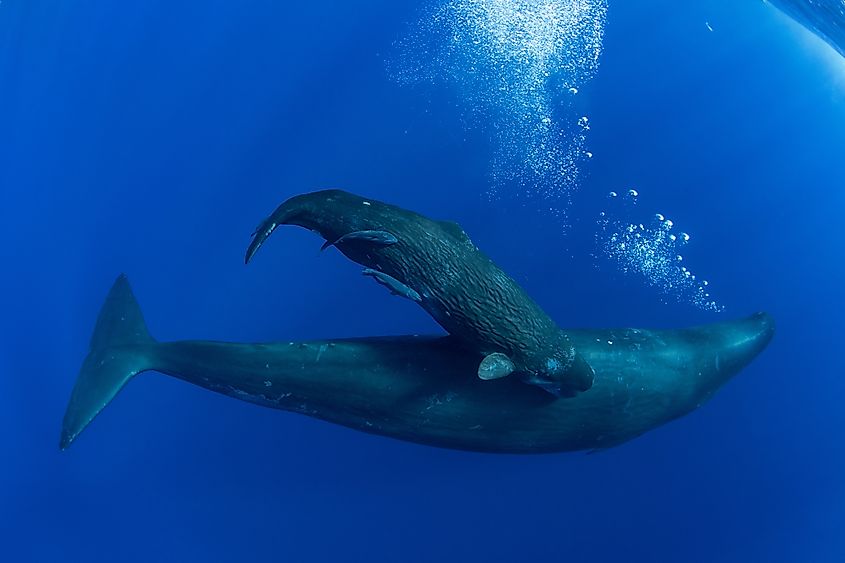
Continuing our highlight reel of "world's largest" something, or rather, the sperm whale (Physeter macrocephalus) earns two special mentions. First, it is the largest-toothed whale currently in existence. Typically reaching about 18 meters in length (though multiple reports of individual males exceeding 20 meters exist), sperm whales also sport a lower jaw filled with 52 conical teeth, each weighing a kilogram. Secondly, sperm whales possess the largest brains of any animal ever. Adults enjoy a cranial capacity of 8,000 cubic centimeters, which is more than five times the volume and six times the weight of a human brain. One final accolade in favor of the sperm whale is its ability to dive. In fact, it is one of the deepest diving mammals in the world. A typical feeding session will bring sperm whales to a depth of about 400 meters and last around 30 to 45 minutes, but they can go as deep as three kilometers over the span of two hours.
2. Blue Whale: 33 Meters (108.27 Feet)
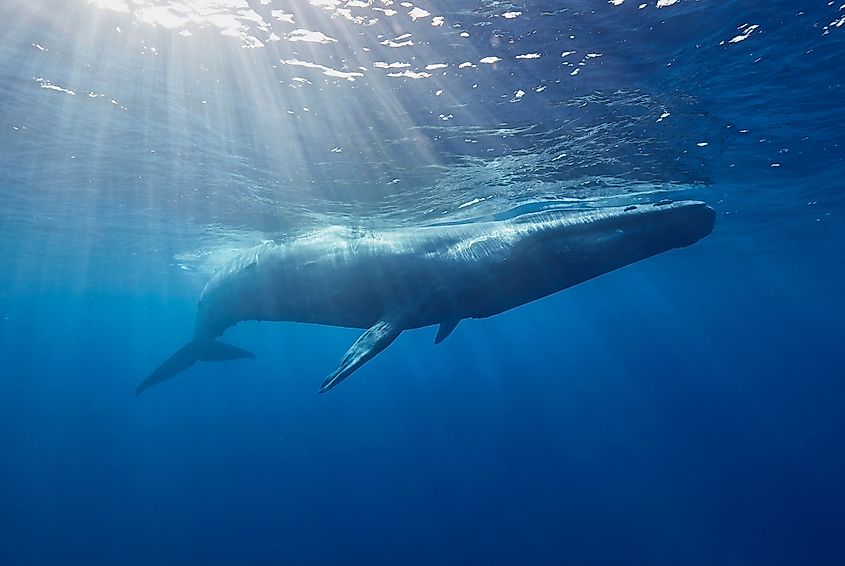
The blue whale (Balaenoptera musculus) is the biggest animal in the world (though not quite the longest - so stay tuned). This majestic mammal averages 27 meters in length but has been clocked as long as 33 meters and weighs upwards of 200 tons (181,437 kilograms) - that's as much as 30 elephants. Its tongue alone weighs two tons, and its heart is the size of a small car! And yet, despite such an enormous body, the blue whale continues the trend of feeding on large quantities of small creatures; namely, krill (thousands of pounds worth, daily), and sometimes pelagic crabs. Famously, blue whales can also call to each other from hundreds of miles away by sustaining a volume of 188 decibels. So, along with being the heaviest and one of the longest creatures ever to exist, the blue whale is also one of the loudest animals. Unfortunately, the blue whale is Endangered, as it is still recovering from relentless overhunting. The pre-whaling population was estimated to be about 350,000, whereas its current worldwide figure sits at about 15,000.
1. Lion's Mane Jellyfish: 36.6 Meters (120 Feet)
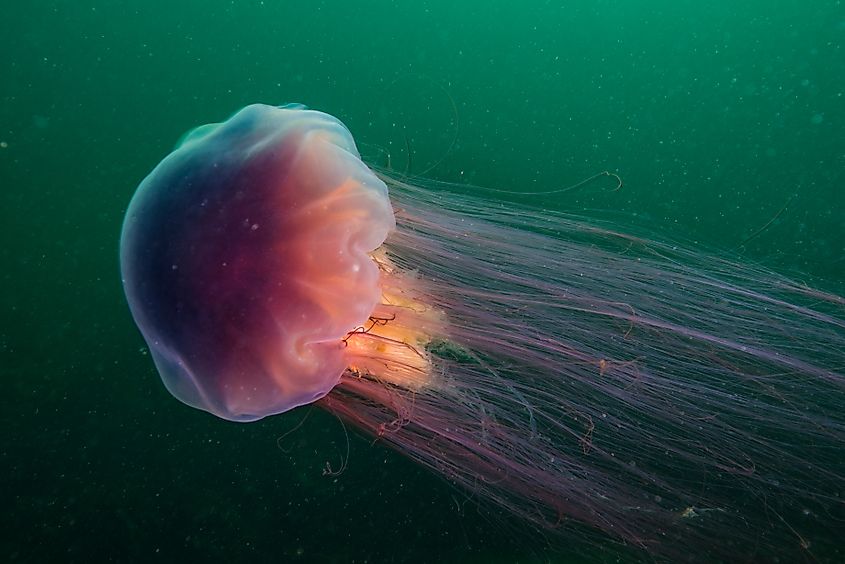
Our surprise top spot for largest animal in the ocean goes to the lion's mane jellyfish (Cyanea capillata). Even though it averages 1.5 to 6.5 feet in length, thanks to stupendously stringy tentacles, the longest specimen ever recorded stretched to 120 feet. Found in the cold, open waters of the Arctic and North Pacific Oceans, the lion's mane jellyfish continuously swims - often solo, but occasionally in clusters - covering remarkable distances when the tides are favorable. Along the way, they utilize their eight clusters of up to 150 hair-like tentacles (i.e., morphology that resembles the namesake mushroom) to poison prey, such as small fish, crustaceans, and even other jellyfish. Unlike almost all other large marine animals, factors such as overfishing, pollution, and climate change actually appear to have benefitted the lion's mane jellyfish. As the number of predators and/or competitors is reduced, the more frequent jellyfish swarms have become.
Parting Thoughts
The oceans contain multitudes upon multitudes. Their waters constitute 70% of our planet, and yet, we've only explored about 5% of them. But even that sliver has revealed some of the strangest, most vulnerable, and largest animals anywhere. Some of these are long and lean, while others are so hefty that only a buoyant environment could support such beings. Many of these megafauna are benign - happy to go about their lives in the unobtrusive areas of the oceans - but a few do crop up here and there, stingy or biting from the unknown depths.

